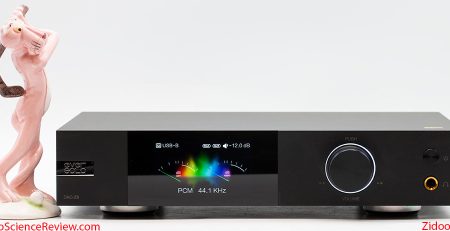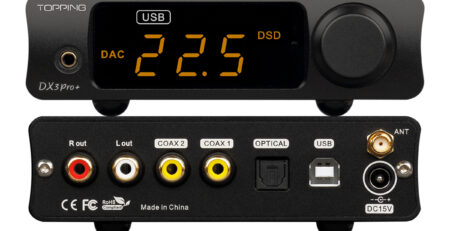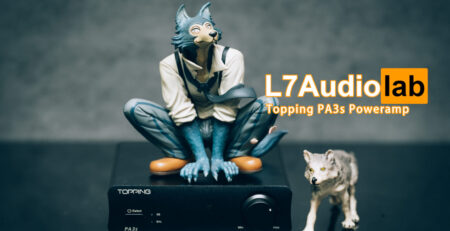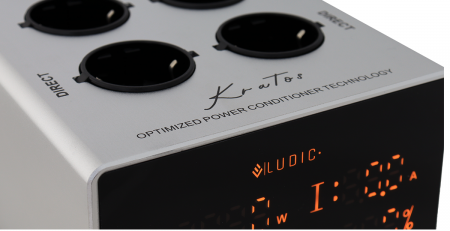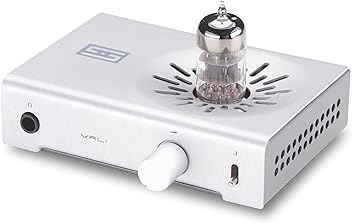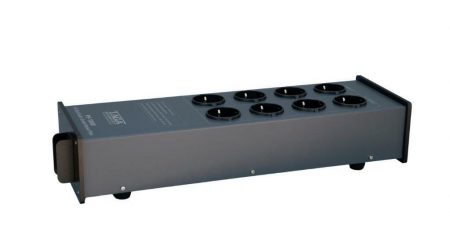Audio science review Schiit Skoll Balanced Phono Stage Review
This is a review and detailed measurements of the Schiit Skoll balanced phono preamplifier.
Conclusions
The Skoll is a very flexible phono stage and I love the fact that it has balanced I/O which sharply reduced mains noise in my testing. Its discrete implementation allows higher operating voltages than some IC based solutions. Alas, distortion rises with level, likely courtesy of “zero feedback gain stages” as the company states. RIAA implementation is very good and I like the inclusion of high pass filtering. Better measured performance is available elsewhere but whether the LP format needs it, is another story.
I am going to recommend Schiit SKOLL phono stage.
Manufacturer Specifications:
Gain: 40db
THD: <0.006%, ref 4V RMS balanced, 2V RMS SE
SNR: >102dB, A-weighted, ref 4V RMS balanced, 2V RMS SE
Crosstalk: -100dB, 20-20kHz
Sensitivity: 2.85mV for 300mV output at 1kHz
Gain: 50dB
THD: <0.02%, ref 4V RMS balanced, 2V RMS SE
SNR: >90dB, A-weighted, ref 4V RMS,2V RMS SE
Crosstalk: -98dB, 20-20kHz
Sensitivity: 0.78mV for 300mV output at 1kHz
Gain: 60dB
THD: <0.03%, ref 4V RMS balanced, 2V RMS SE
SNR: >85dB, A-weighted, ref 4V RMS balanced, 2V RMS SE
Crosstalk: -95dB, 20-20kHz
Sensitivity: 0.34mV for 300mV output at 1kHz
Gain: 70dB
THD: <0.06%, ref 4V RMS balanced, 2V RMS SE
SNR: >70dB, A-weighted, ref 4V RMS
Crosstalk: -84dB, 20-20kHz
Sensitivity: 0.09mV for 300mV output at 1kHz
Maximum Output: 20V RMS balanced, 10V RMS SE
Overload Margin: >20dB
RIAA Accuracy: +/- 0.15dB, 20-20kHz
Low Frequency Filter: switchable 2 pole at 15 Hz, fully passive, for balanced XLR outputs
Output Impedance: 10 ohms
Input Loading: 10, 50, 100, 150, and 47k ohms resistive, and 50, 100, 150, or 200pF capacitive, switched via remote or front-panel button
Topology: Equipoise™ balanced, differential, fully discrete zero feedback gain stages, passive RIAA, 0.1% thin-film resistors, and 1-2% film capacitors, switchable passive CR LF filter, microprocessor oversight and relay switching, remote control
Power Supply: “wall wart” style 24/6VAC transformer, dual-filtered, regulated +45V/-19V rails, plus 5V/3.3V supply for microprocessor and relays
Power Consumption: 7W
Size: 9 x 6 x 1.5”
Weight: 2 lb


